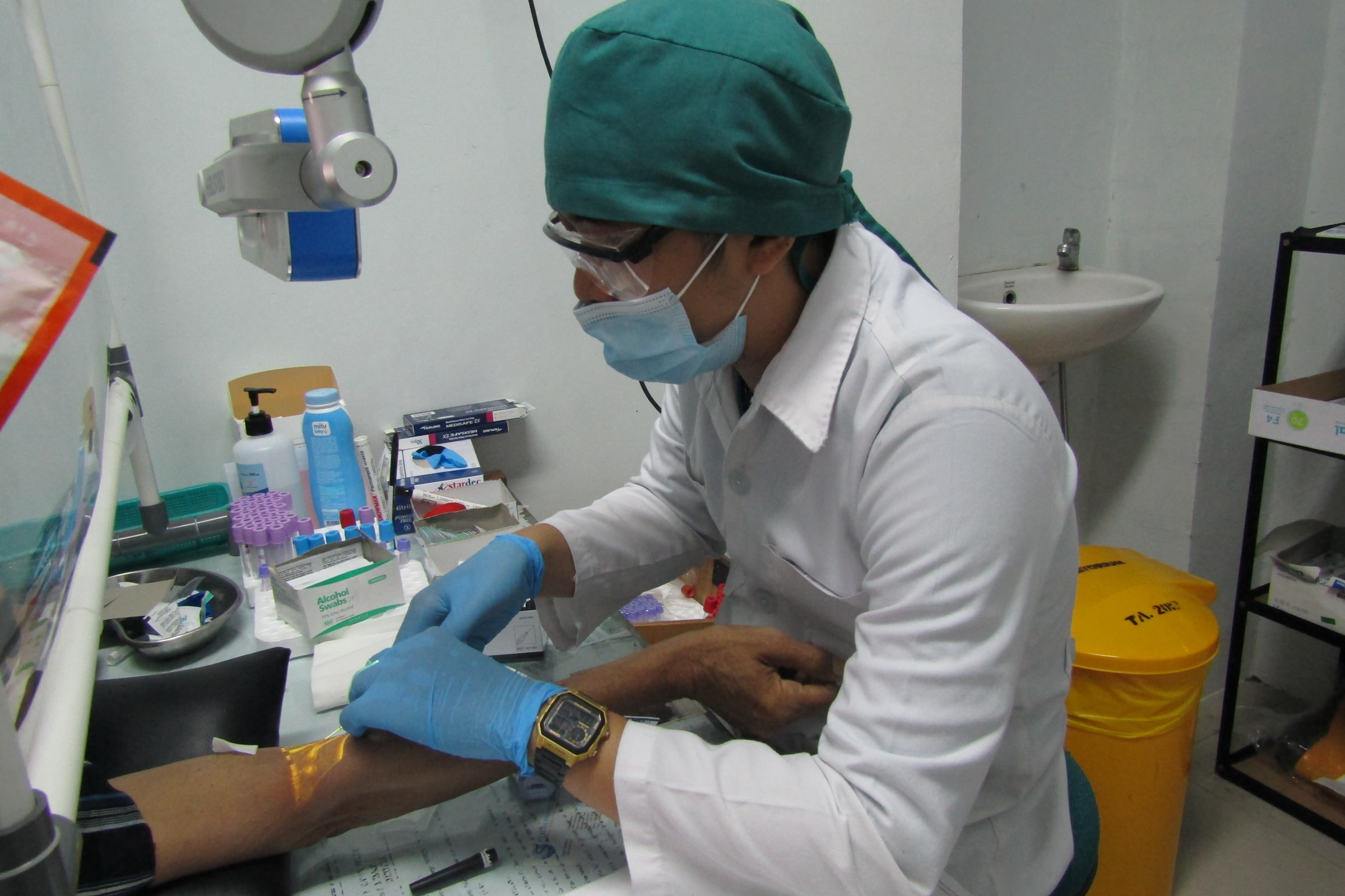Report On Business® Roundup: March Hospital PMI™

In the last week, the Manufacturing and Services editions of the ISM® Report On Business® posted some of their most significant results in years, measuring a March that could go down as the most pivotal month of the U.S. economic recovery from the coronavirus (COVID-19) pandemic.
On Wednesday, the same could be said for the nascent Hospital ISM® Report On Business® — not so much for its impact on the financial sector, but for an important finding on medical facilities at this stage of the pandemic, with vaccines distribution accelerating: Elective procedures are likely back for good, with hospitals managing COVID-19 cases better and consumers no longer hesitant to schedule appointments for non-virus-related care.
The Hospital @ISM® Report On Business® found better patient/case mixes in March, but #COVID19 and winter storms left many facilities scrambling for #healthcare supplies. The Hospital PMI™ registered 58.8%, a 1.3-percentage point increase. https://t.co/9nAN4pa8fl #ISMPMI #economy
— Dan Zeiger (@ZeigerDan) April 7, 2021
The Hospital PMI™ of 58.8 percent was an increase of 1.3 percentage points over February, boosted by increases in the Business Activity and New Orders indexes. The Case Mix Index increased to 54 percent, and Institute for Supply Management® Hospital Business Survey Committee respondents noted more balance between COVID-19 and elective admissions.
“People were afraid to go to hospitals early in the pandemic for elective care, and I think that’s over,” Nancy LeMaster, MBA, Chair of the Business Survey Committee, told a conference call of reporters on Wednesday. “With the vaccinations, even if we see some isolated spikes, I don’t think we’ll go back to the hospitalization levels of COVID-19 cases that will push out all of the elective procedures. We’re seeing a better balance again, which should be helpful for the hospitals’ bottom lines.”
However, the pandemic is still top of mind for hospital executives and supply managers, especially regarding product shortages that, for some commodities, were exacerbated by recent extreme weather in Texas and other areas. Personal protective equipment (PPE), gloves, and needles and syringes remain at a premium, and price increases or shortages on such products as plastics, resins, adhesives and petroleum-based products are being felt by hospitals.
Some of the shortages were mitigated by stockpiles may facilities have built during the pandemic; the Inventory Sentiment Index remained comfortably in expansion territory in March, while the Imports Index — most PPE comes from outside the country — contracted. But some Business Survey Committee respondents cited product shortages and having to get creative in sourcing: “Of course, COVID-19 is still driving the back-order problems, which means we are having to still purchase off of the gray market for certain things. Some things we just can’t find,” one respondent wrote.
With supply chains in Texas still being stabilized after Winter Storm Uri, some products remain stalled in the pipelines of distributors, from which most hospitals get supplies, LeMaster said, adding that continuing shortages should be evident in the April Hospital PMI™ data.
.@ISM Hospital PMI™ survey respondent: “Increased frequency (of) product back-orders from many manufacturers poses a large threat to patient safety.” Such shortages are compounded by a lack of alternate suppliers. https://t.co/wJfbeQujMK #ISMPMI #economy #healthcare #COVID19
— Institute for Supply Management (@ism) April 7, 2021
“There is a frightening amount of plastics in health-care supply chains,” she said. “There were several comments about work-arounds and time spent locating alternative sources. We’ll see an April whether that was a blip that we can weather, or if there are new shortages in everything from bedpans to water pitchers to other critical supplies. You’d be amazed at how many challenging things can happen (for hospitals) with a plastics shortage.”
In other subindex news, after a week of positive U.S. jobs data, including from ISM’s manufacturing and services indexes, a double-digit decrease of the Hospital PMI™ Employment Index into contraction territory was a surprise, LeMaster said. Some Business Survey Committee respondents cited reductions in traveling or temporary staff as coronavirus hospitalizations dropped.
Two indexes related to cash flow had eye-catching movement in March. The Days Payable Outstanding Index, which measures how quickly hospitals pay their bills, contracted for the first time since October 2019, falling to 44 percent; it was at 55 percent in January. Technology Spend, a volatile index in recent months, stayed in expansion at 51 percent but decreased 7 percentage points.
“(Those figures) suggest cash flow is looking a little bit better, so there is cautious optimism,” LeMaster said. “As a reminder, unlike manufacturing and services, volume does not indicate profitability. The equation is much more complex in the hospital market, depending on payer mix and type of volume. So, that’s something to keep an eye on.”
In case you missed last week’s Report On Business® Roundup on the release of the March Manufacturing PMI®, you can read it here. The Roundup on Monday’s release of the March Services PMI® can be read here. For the most up-to-date content on the three indexes in the ISM® Report On Business® family, use #ISMPMI on Twitter.


